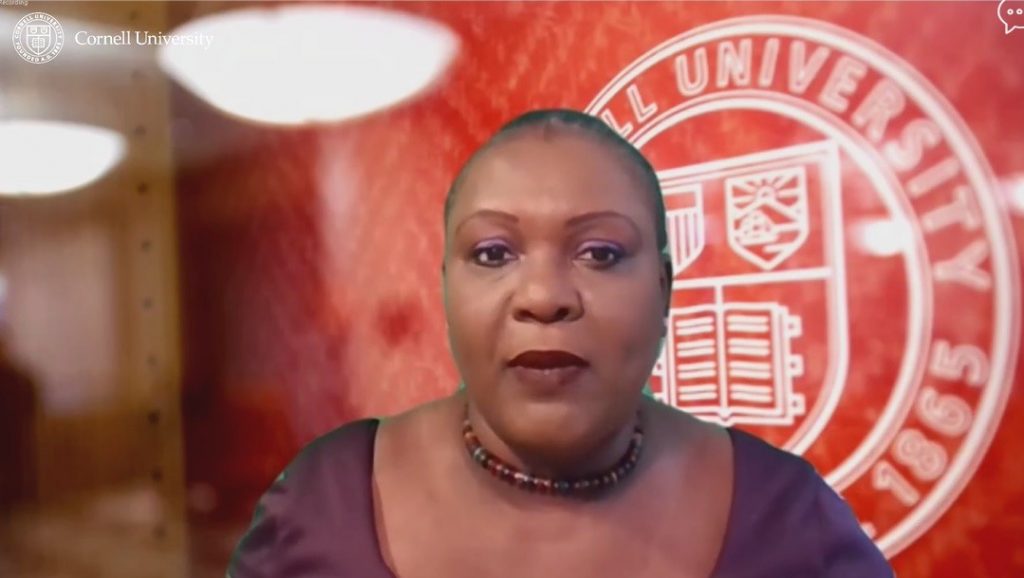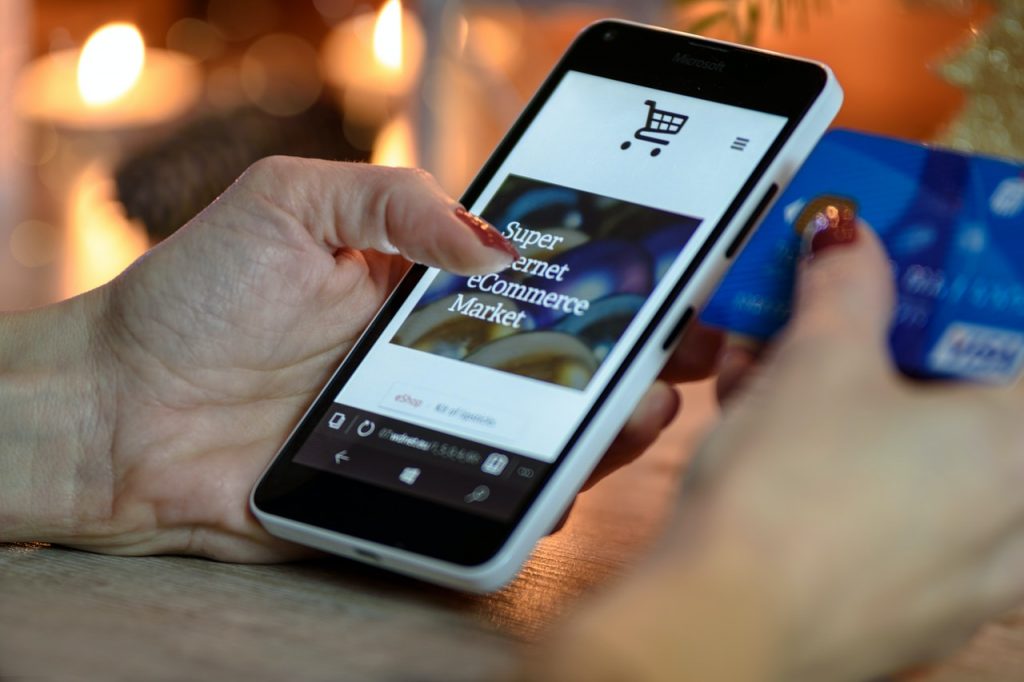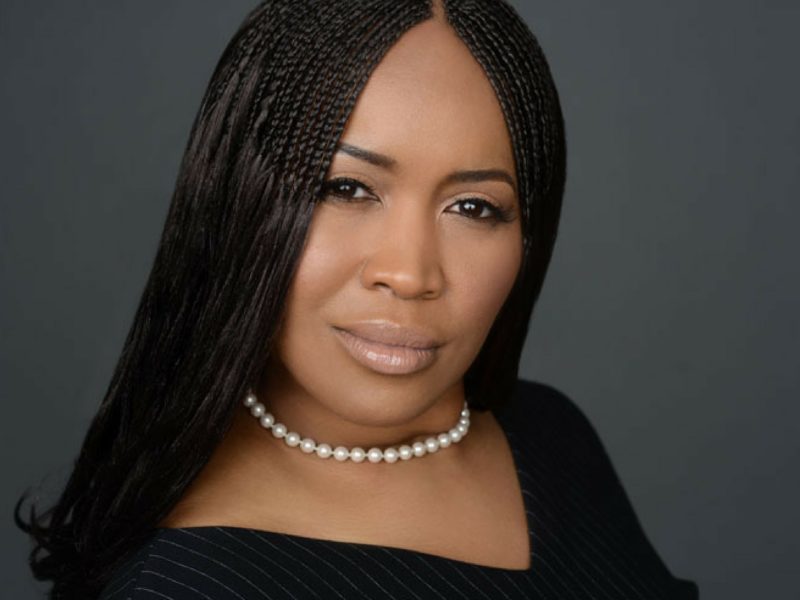
Essence recently published a piece with nine resources for black women entrepreneurs. They include grant opportunities, pitch competitions, and crownfunding platforms. Check out this article to learn more.

Essence recently published a piece with nine resources for black women entrepreneurs. They include grant opportunities, pitch competitions, and crownfunding platforms. Check out this article to learn more.

Click this link to see Liz Ngonzi’s (who is also course facilitator in our Women’s Entrepreneurship certificate program) presentation: “Telling Your Story for Professional Success: How to Align Your Purpose and Your Paycheck“.
This is the second in a two-part series which builds on her 2020 webinar entitled: “Your Personal Brand: Leveraging Your Unique Knowledge and Experience” (To view a recording of this webinar, click here.)
In this segment, Liz provides guidance on how to dig into the question “What is my purpose?” Clarity about your purpose can lead to the creation of a personal “work” story that will enable you to inspire, engage, and activate employers, clients, partners, and investors, thereby increasing the alignment of your purpose with your paycheck!

The US Mint is creating some new designs – featuring women – for the “tails” sides of quarters that will start circulating in January 2022 and run through 2025. The first two honorees have already been chosen: poet Maya Angelou and astronaut Sally Ride.
The other female honorees will be decided by Treasury Secretary Janet Yellen – with input from the American public. To read more about the initiative, check out this article from CNN. Want to submit a suggestion for a nominee? Fill out this brief form provided by the National Women’s History Museum.

There have long been claims that women’s and men’s brains were different. leading to differences in personalities and abilities. While men’s brains overall brain size is a little over 10% larger than women’s, no specific brain areas are disproportionately larger between the sexes. In fact, brains are proportional to body size and when properly controlled, no individual brain region varies by more than about 1% between men and women.
Why does this matter? Have you ever heard,”women aren’t as good at math”? Or, “women are natural caregivers”. Or, “men are better with tools”? Turns out that there are no data to support those statements. In fact, according to this article from The Conversation, each brain is a “mosaic of circuits that control the many dimensions of masculinity and femininity, such as emotional expressiveness, interpersonal style, verbal and analytic reasoning, sexuality and gender identity itself.”
There is certainly more work to be done – but untangling some of these long-held beliefs is a great place to begin.

This article from Fast Company shares an example of how many women feel they stand out like Big Bird (a 8’2″ bright yellow bird featured on the children’s program, Sesame Street) in the workplace. Whether they are presenting in a boardroom, returning from maternity leave or simply navigating the day-to-day, many women feel disproportionately affected by impostor syndrome.
In this piece, Mark McClain (CEO of SailPoint) shares three tips for how leaders can help their employees overcome impostor syndrome. Specifically, he mentions making space for people to share their authentic selves, encouraging balance and practicing small acts of kindness.

Your communication skills have a direct impact on your ability to raise funds and motivate your team. In today’s socially distanced environment, it’s more important than ever that your message shines through, even when you’re not able to address your audience in person.
This skill-building webinar session led by professional speaker and coach Casey Carpenter will help you discover how to pitch with confidence and authenticity in a virtual setting. You’ll walk away with tools to craft a persuasive message and techniques to deliver that message in a way that engages your audience. Click here to access the recording of the 4/8/21 talk.
More information about Casey Carpenter’s company as well as links to resources mentioned in her talk can be found here.

This article from Inc. highlights the concept of the 70-20-10 rule. The meaning behind this rule is that with whatever you are working to produce – be it something artistic or a product or a service – 70 percent of your attempts will be mediocre, 20 percent will be poor, and 10 percent will be amazing. The key takeaway is that the only way to get better at something isn’t to sit and stare at the blank piece of paper waiting for the perfect idea or to try to research every last thing before starting, but rather to roll up your sleeves and do it! The more you try, the more results you will end up having in that 10% amazing bucket!

Women represent 32% of the eCommerce sellers online. While that is a much higher percentage that the number of women that are found in C-suite jobs, it still places women in the minority. This article in Entrepreneur encourages women in eCommerce to seek each other out for mentoring and support. The article states, “By building your community around other women, you can unlock the hidden power of wealth through shared strategies, tools and hidden secrets.”

In this piece in Entrepreneur from December 2016, founder and CEO of WordSmithRapport, Karima J. Mariama-Arthur (who is also an eCornell program facilitator!) shared three challenges of entrepreneurship. While the article is a few years old, her words still ring true to entrepreneurs today. Mariama-Arthur states that fear, distractions and work ethic are the three biggest hurdles. If anything, those hurdles are even more present during the past year of navigating COVID!

Many adults need to take an off-ramp from the professional workplace during their careers. Birthing/caring for children, looking after aging family members, following a partner due to dual-career challenges and military service are just a few of the reasons why people – especially women – may find themselves reducing hours or taking a complete leave of absence from full time work. The demands placed on women have become even more apparent during COVID when virtual schooling and the lack of available childcare have placed more pressure on parents as they try to keep all the balls in the air.
One opportunity that may help more women re-enter the worplace as we find our way out of the COVID tunnel is the concept of “returnships”. Returnship programs are similar to internships but are meant specifically for those who are looking to rejoin the workforce after taking time away. This link from August 2020 shares a list of 15 companies that have instituted returnship programs. In addition, this piece from Fortune shares thoughts on how this model may be particularly useful for women in a post-COVID workforce.